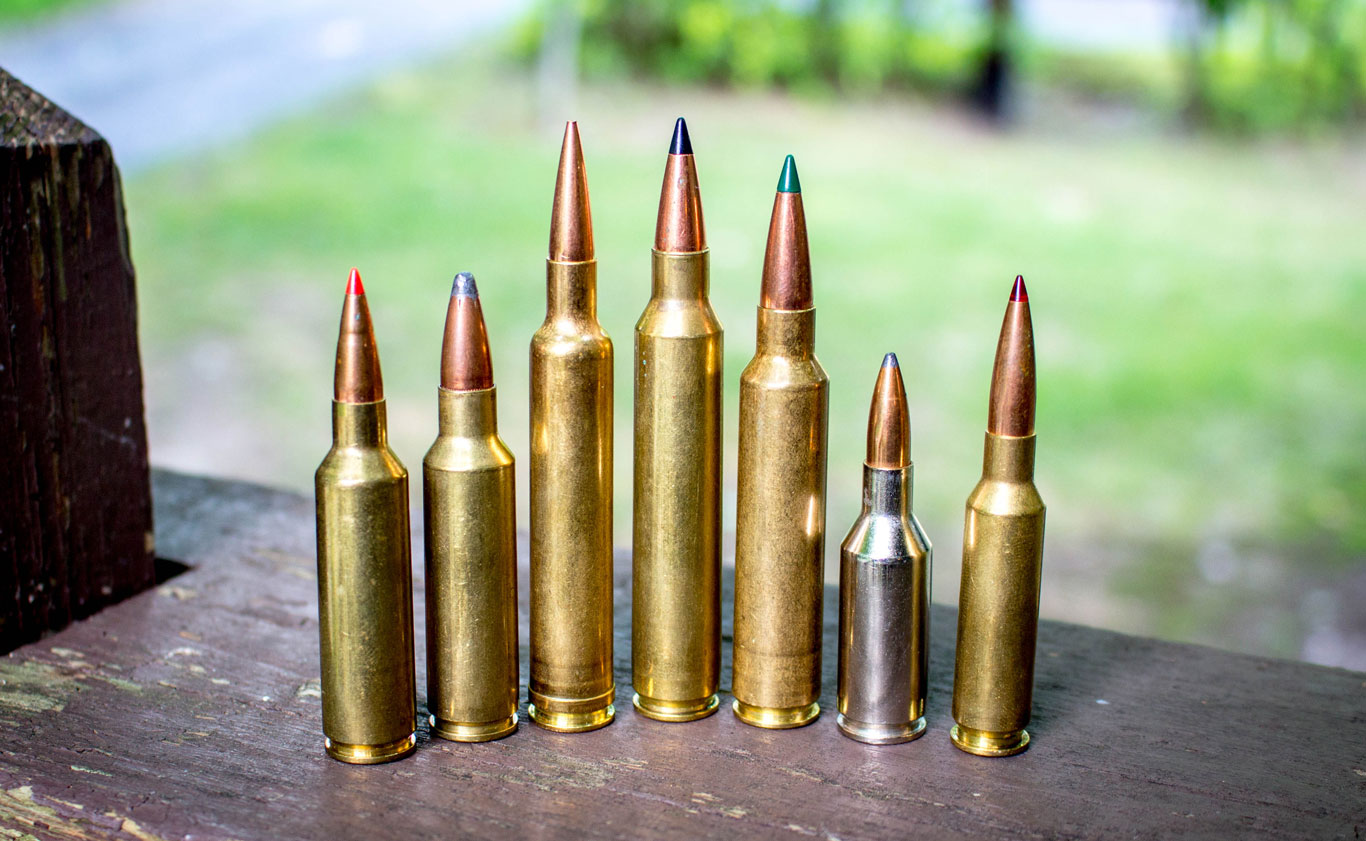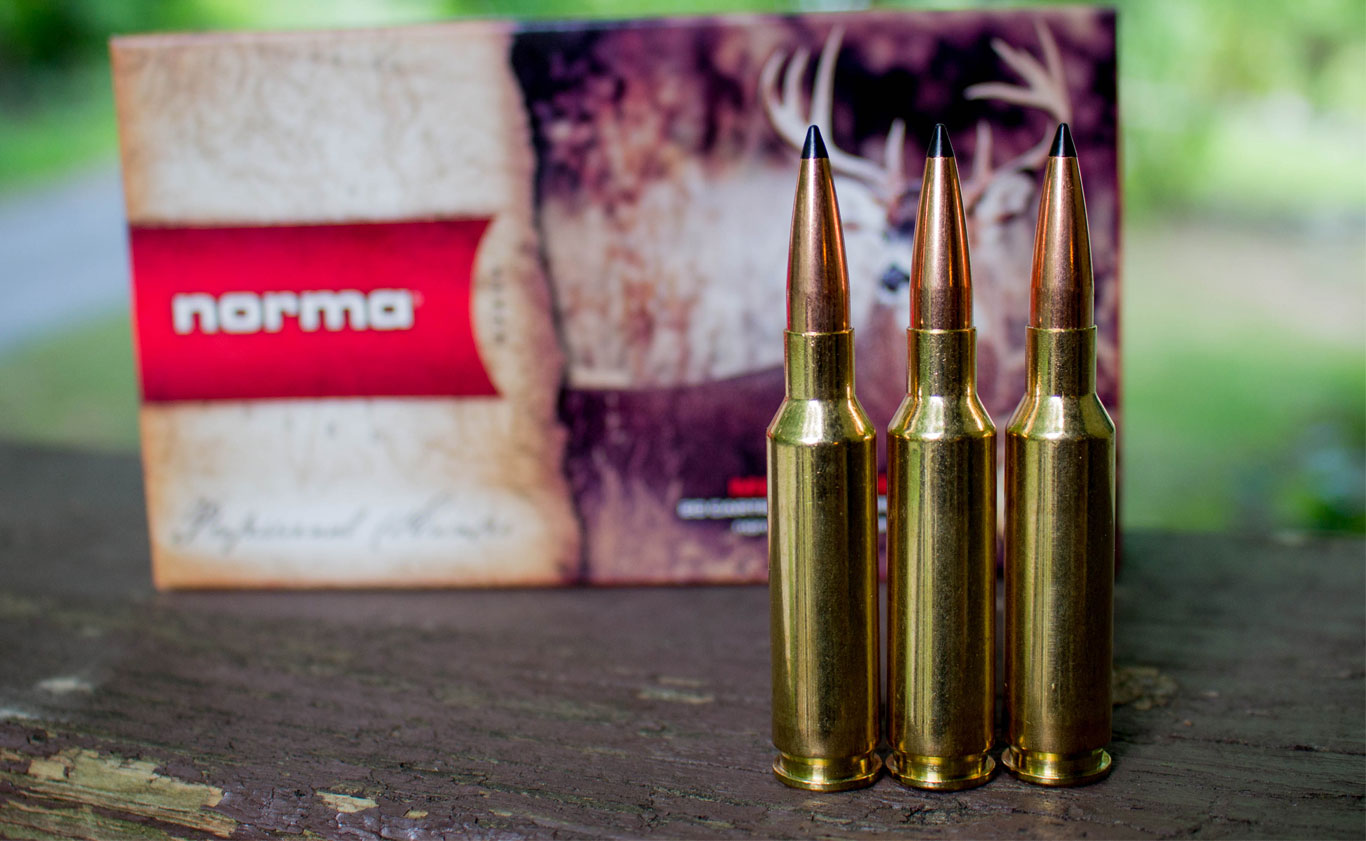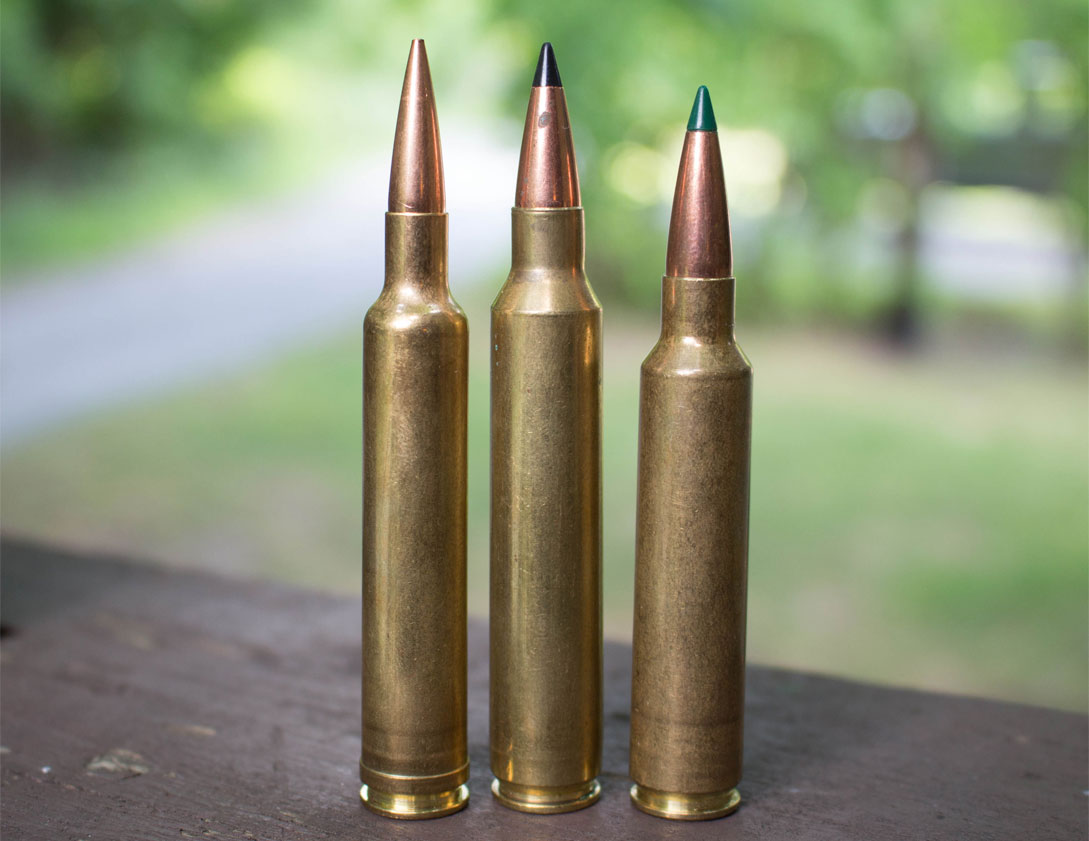
Cartridge development continues to progress, and the game is changing.
The last couple of decades have seen many new cartridges come onto the scene, some revolutionary, and some nothing more than a fizzle. We’ve seen a number of cases released based on some variation of the classic .404 Jeffery, whether at full length and blown out, in the instance of Remington Ultra Magnum series, or drastically shortened, in the case of Winchester Short Magnum (WSM), Winchester Super Short Magnums (WSSM), and the Remington Short Action Ultra Magnums (SAUM). We’ve also witnessed Nosler develop a similar idea for their line of proprietary cartridges, giving velocities in the magnum class from cartridges that fit in a standard, long-action rifle.

The 6.5 Creedmoor began a cartridge trend of low recoiling cartridges with high B.C. bullets.
We’ve seen a few more attempts at perfecting the method of launching a .30-caliber bullet at 2,950 feet per second (fps) – which in my opinion has been pretty well nailed shut – and have heard the world utter the phrase “six-five” (6.5) more times than ever before. We’ve seen cartridges shrink in both size and horsepower, relying instead on the shape and length of the bullet to maintain the best downrange ballistics. These are part of a shift to low-recoiling cartridges that allow the shooter to extend his or her time at the range, without punishing both rifle and shooter. In many ways, things have come full-circle, and mostly as a result of the great improvement in optics.

The high velocity, hard kicking magnums may have seen their heyday; only time will tell.
Firstly, I personally feel the short, fat trend has seen its day. The WSM and associated cartridges have had ample time to establish themselves, though currently it seems that

